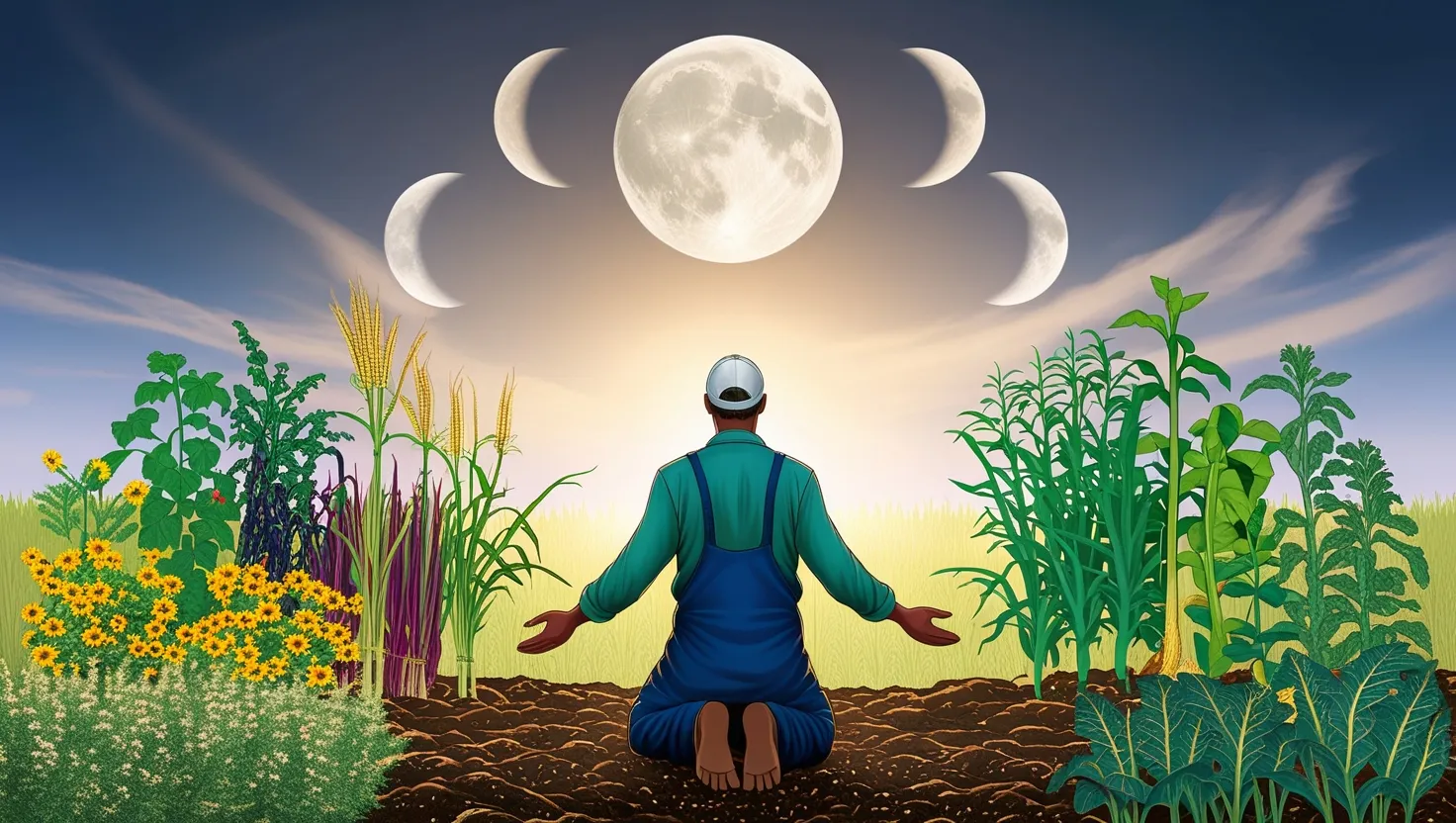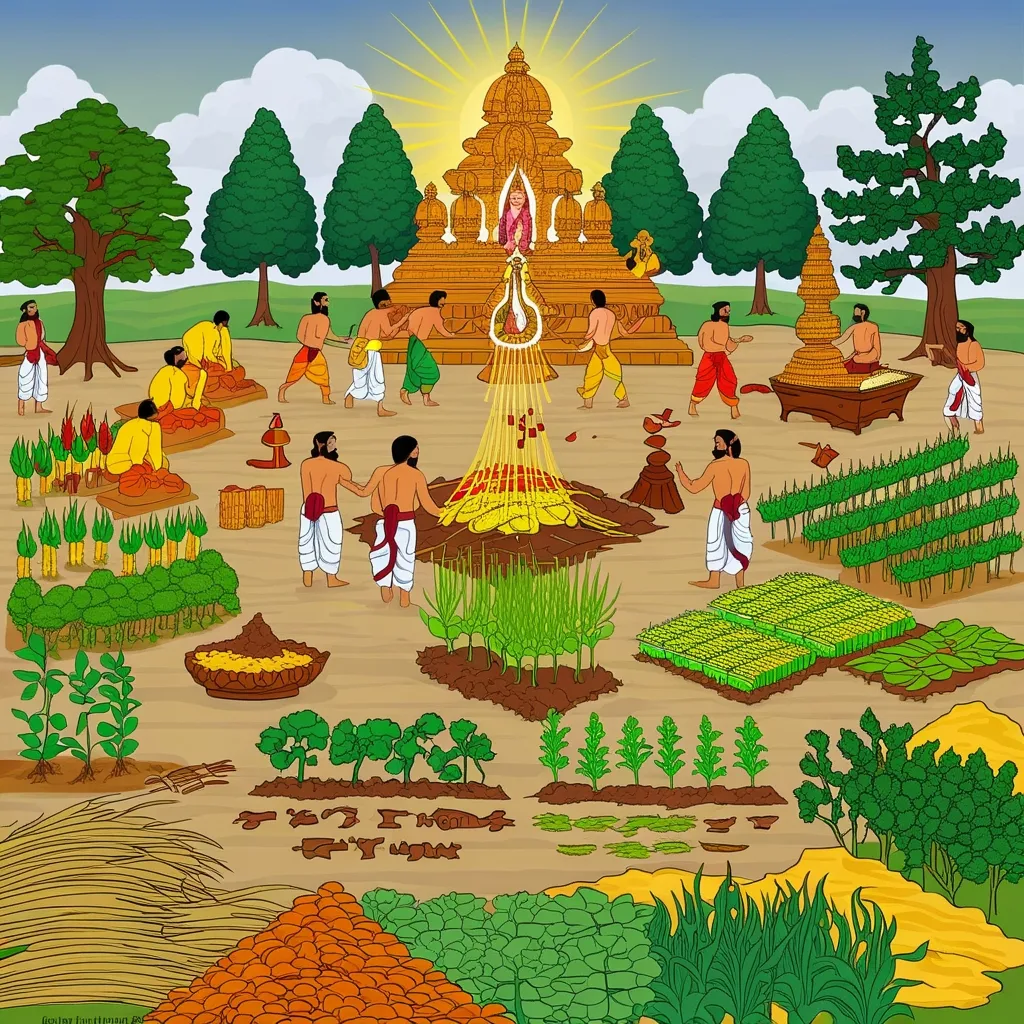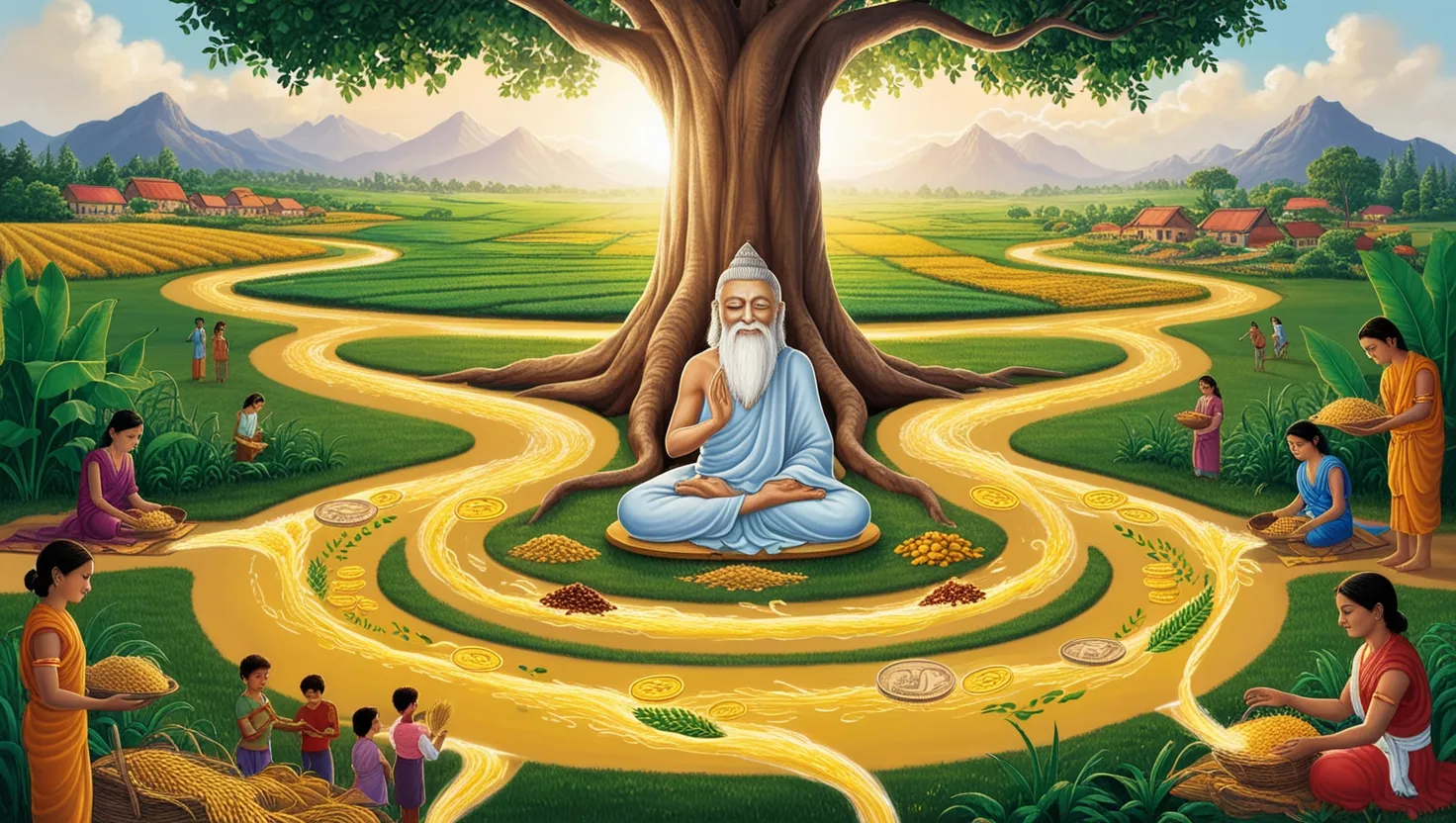If I asked you to picture a farmer, would your mind immediately jump to a person bent over rows of crops, sweating under the sun, battling for yield against unforgiving seasons? That image, though rooted in reality, barely scratches the surface of what farming means through the Vedic lens. In this tradition, agriculture is much more than food production—it’s a living conversation with nature, guided by reverence and wisdom handed down through centuries. I invite you to fasten a mental seatbelt for a journey into a world where soil is sacred, every harvest is a festival, and each seed pulses with cosmic purpose.
You might wonder why, when our modern world seems obsessed with technology and output, we’d turn to practices from ancient Vedic texts. The answer is simple. While technology rapidly evolves, our relationship with the natural world often feels more fragile than ever. The Vedas offer a blueprint rooted in humility, foresight, and respect for life that sidesteps many pitfalls of short-sighted agricultural exploitation.
What sets Vedic agriculture apart starts with its core belief: the earth isn’t a resource, but a living being—Bhumi Devi. If I walk into a field, I’m not trespassing on property. Instead, I’m entering the home of a deity, and I owe her not only my respect but gratitude for every stalk of grain. Before a Vedic farmer ploughs the soil, there’s a ritual seeking forgiveness and permission. Before harvest, offerings and prayers give thanks. Even after centuries, these customs persist in some Indian villages—remnants of a worldview where taking from the earth is never one-sided.
Why go to such lengths? Scientific studies now confirm what Vedic sages intuited: soil isn’t just ‘dirt’—it’s a vibrant, living system. When I treat soil as sacred, I’m less likely to drain its vitality with chemical abuse or relentless monoculture. Vedic farmers avoided growing just one crop in a field season after season. Instead, they mixed crops, sometimes pairing as many as ten varieties. Companion planting wasn’t just about flavor or novelty; it was about building resilient ecosystems. If one crop struggled, another might thrive and support the first. This approach cushions against pest outbreaks and diseases, naturally balancing problems that today demand chemical interventions.
As I reflect on biodiversity, I’m reminded of a timeless observation: “Look deep into nature, and then you will understand everything better.” Although these are the words of Albert Einstein, the Vedic mind had already grasped this principle millennia earlier. Let me ask—how often do modern fields echo with the buzz of wild pollinators or host a riot of medicinal herbs alongside cash crops? In the Vedic tradition, wildflowers and herbs weren’t just tolerated; they were cherished. Some texts advise scattering wild seeds at the edge of fields, knowing that what seems useless today may well be tomorrow’s medicine.
You might be surprised to learn that the Vedas include practical manuals for water management, too. Ingeniously, irrigation was never about conquering nature but flowing with her. Channels were dug to mimic the land’s natural contours. Dams and catchment ponds collected rain, preventing floods and nourishing the aquifer. When drought threatened, stored water became a blessing, not a commodity to be hoarded or sold. The sense of water as a divine gift—rather than a mere utility—remains a powerful check on overuse and waste.
“Adopt the pace of nature: her secret is patience.” Ralph Waldo Emerson’s words could easily be a Vedic farmer’s mantra. The ancients watched the sky, tracked the phases of the moon, and timed their tasks with cosmic cycles. Decisions about sowing, weeding, and harvesting were synchronized with lunar and solar calendars, not arbitrary deadlines. Planting during a waxing moon, when life energies rise, or harvesting on a descending moon, when sap draws downward—these subtle choices fostered harmony between agriculture and the broader rhythms of life.
In this Vedic approach, every act is intentional. Even the selection and storage of seeds become sacrosanct. After each harvest, farmers would pick the sturdiest grains, saving them for the next cycle. Seed selection was a communal event, complete with rituals, song, and sometimes trade between neighbors. “The ultimate goal of farming is not the growing of crops, but the cultivation and perfection of human beings,” wrote Masanobu Fukuoka, echoing a thought the Vedas had long ago articulated. Through such rituals, communities not only secured genetic diversity and resilience but wove tighter social bonds—a web of mutual support that helped villages weather disaster and change.
Curiously, ahimsa—nonviolence—not only governed personal action but extended to the farm. Farmers managed herds with respect, honoring cows as life-givers. Instead of intensive confinement, animals grazed and contributed manure to compost heaps, reinvigorating soil naturally. After all, can life flourish when one living being exploits another? This empathy for all creatures fundamentally shaped Vedic rural economies—not just as philosophy, but as operating principle.
You may think of composting and crop rotation as modern innovations, yet these were daily practice in Vedic villages. Even pests were managed without weaponized chemicals. Instead, farmers used ash, cow urine, and botanical extracts—subtle but surprisingly effective aids. I sometimes marvel that in our rush to industrialize, these time-tested solutions are sidelined in favor of resource-heavy quick fixes.
Let’s pause for a question: How might our world change if every farmer viewed their field as a sacred space—and every consumer as a beneficiary of that devotion? Would waste, pollution, and hunger decline if reverence, not profit, set our priorities?
Modern movements like permaculture and organic farming are, in many ways, rediscovering what Vedic sages already practiced. They advocate mixed cropping, closed loops for nutrients, and respect for natural balances. Even the term “agroecology” could describe countless village experiments optimized over centuries. Yet, the Vedic model goes further by inviting us to bring our spiritual selves into every decision.
“Agriculture is our wisest pursuit, because it will in the end contribute most to real wealth, good morals, and happiness.” These words from Thomas Jefferson, though Western, resonate with the Vedic spirit. Real wealth, in these texts, is living land, healthy people, and a future secured for children yet unborn—not stockpiles of grain or fleeting market gains.
In Vedic times, the yearly cycle wasn’t a grind, but a tapestry of feasts and fasts honoring each turning of the earth. Ploughing, sowing, first fruit, and harvest—all had their festivals, drawing the village together. Storytelling, music, and offerings weren’t mere entertainment but acts of renewal, infusing daily toil with joy and meaning.
Can you imagine—if all our technological prowess were guided by such anchored wisdom, how much richer could our food systems be, not in tonnage but in nourishment? This wasn’t nostalgia for slower days. It was practical, adaptable science. Just consider how principles like water conservation and biodiversity could buffer communities against the shocks of drought, flood, or disease.
To bring this tradition to our present challenges isn’t just about advocacy or revival. It’s an invitation to rethink our relationship to the land. In the Vedic worldview, every field is a microcosm of the universe. Every harvest, no matter how small, represents a successful collaboration with the forces that sustain us.
Let’s return to a central question: What might happen if we cultivated our fields with gratitude rather than entitlement? Might our soil, our communities, even our souls, thrive a little more as a result? As I walk through the rows of my own small garden, mindful of each sprouting seed and each returning pollinator, the answer feels simple. The Vedic approach—at its heart—isn’t just about growing food. It’s about growing in harmony with all of life, returning again and again to reverence as the measure of our success.
“Life is a web, not a chain,” says an old proverb that sums up the Vedic perspective perfectly. May we learn again to honor every strand.






